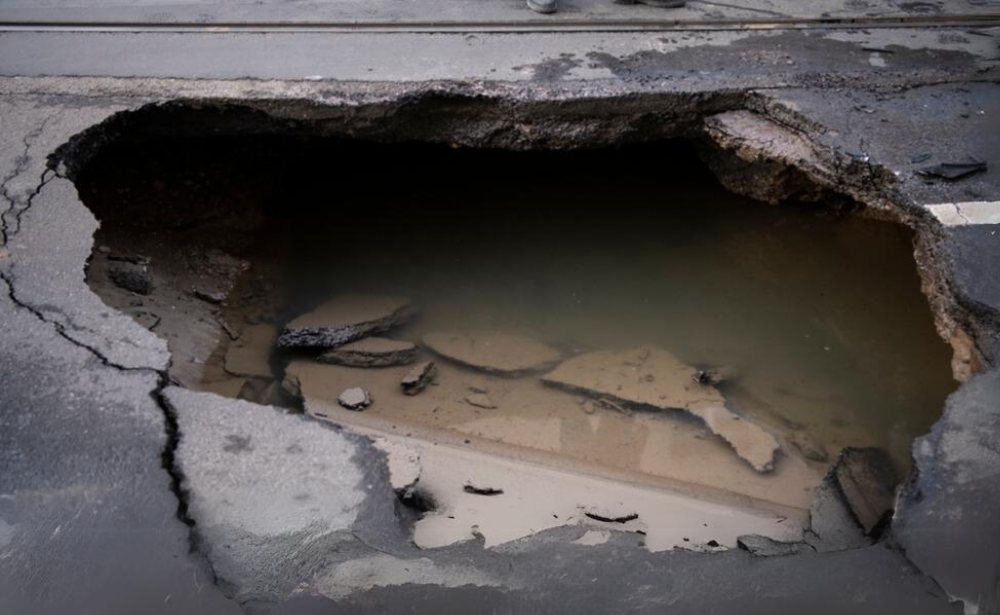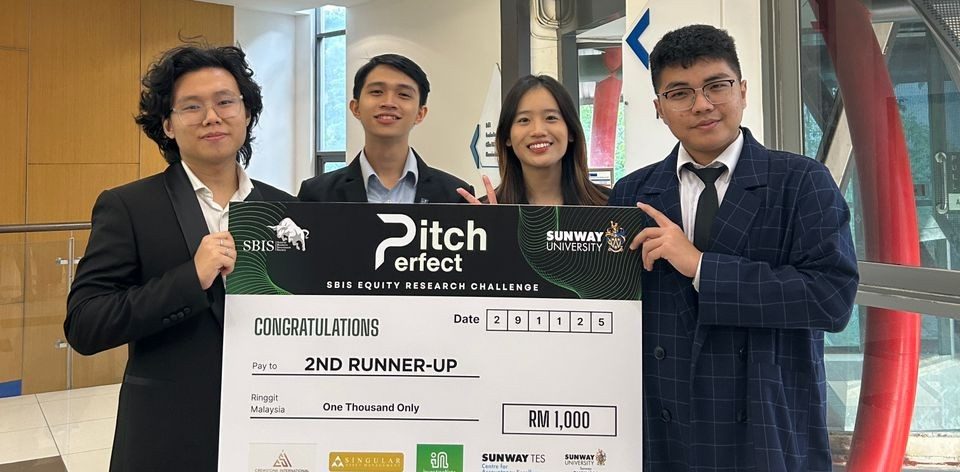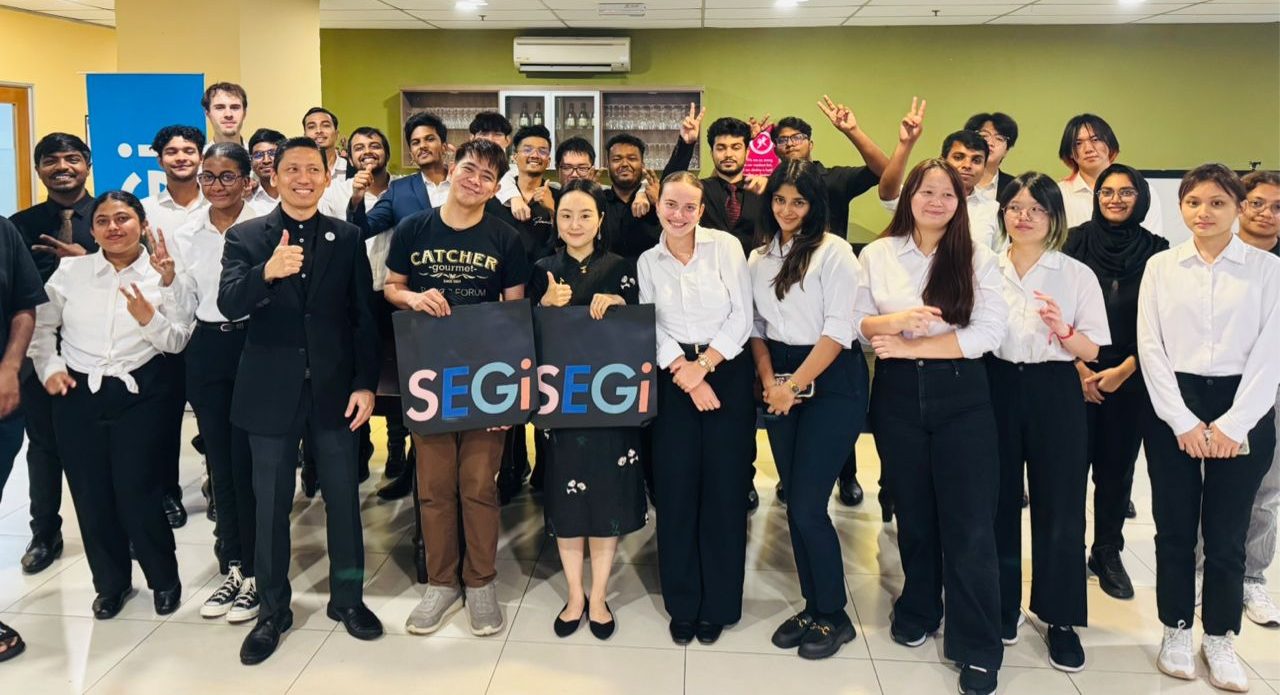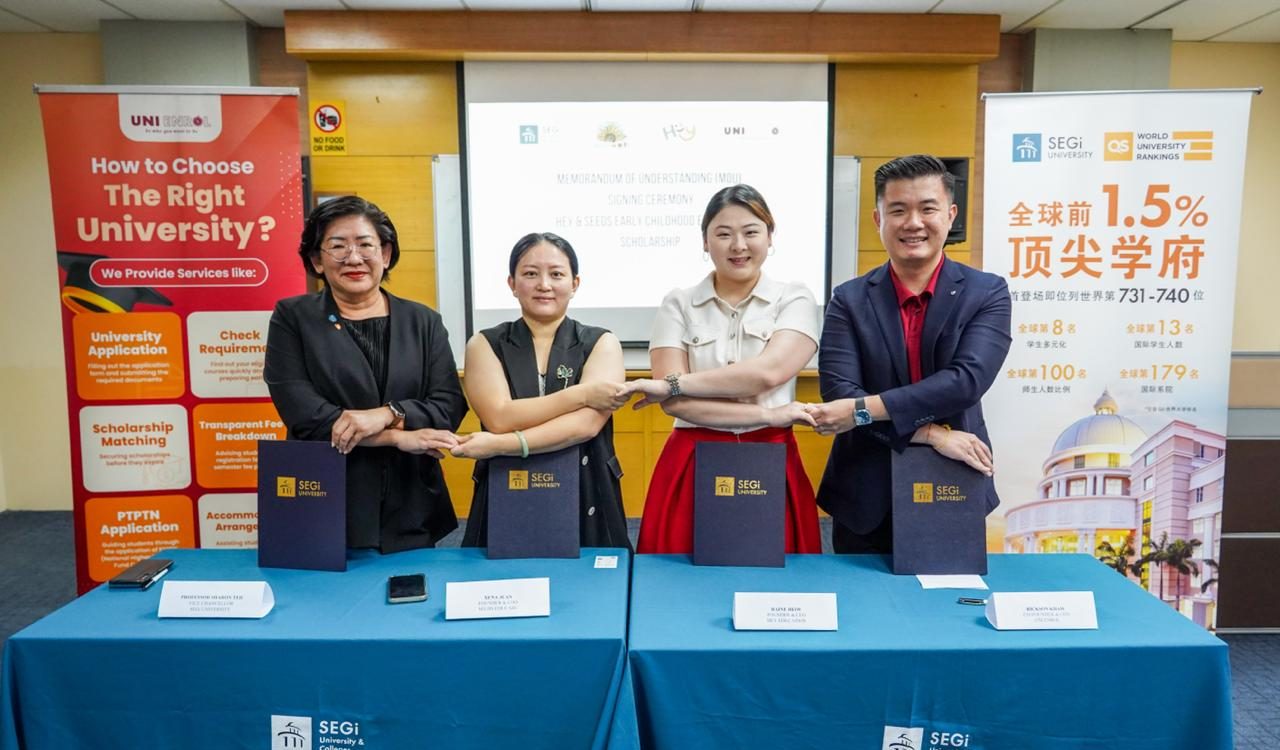Introduction
The recent sinkhole incident in Masjid India, Kuala Lumpur, has brought to light the vulnerabilities of urban infrastructure in rapidly developing cities. As sinkholes continue to pose a significant threat in areas built on limestone bedrock, understanding the causes, immediate responses, and preventive measures is essential for urban safety.
Causes and Triggers of Sinkholes in Urban Areas
In urban areas like Kuala Lumpur, sinkholes are often the result of both natural and human-induced factors. The city is built on a foundation of limestone bedrock, which is known for its susceptibility to dissolution by acidic groundwater. Over time, this process can create underground cavities that may eventually collapse, leading to sinkholes.
Moreover, the role of water in triggering sinkholes cannot be overlooked. Rainwater, leaking pipes, and poorly managed drainage systems can cause soil erosion, especially in ex-mining areas where the ground is already loose and unstable. Construction activities, such as drilling and excavation, can further destabilize the underground structure, increasing the risk of collapse. Failures in water mains or sewer lines also contribute to soil erosion, and poor groundwater management can lower the water table, causing the ground above to sink.
Kuala Lumpur’s history of mining, coupled with its natural limestone bedrock, makes the city particularly vulnerable to sinkholes.
Advanced Detection Techniques
To prevent such incidents, advanced techniques and technologies are available to detect potential sinkholes before they occur.
Read full article at https://university.segi.edu.my/understanding-the-masjid-india-sinkhole-causes-response-and-prevention/

About the Author:
IR PROF DR JEFFREY CHIANG CHOONG LUIN
President, The Institution of Engineers Malaysia (IEM), Professor (Civil Engineering),
Faculty of Engineering Built Environment and Information Technology, SEGi University
Ir Prof Dr Jeffrey Chiang Choong Luin, a distinguished figure in the field of Civil Engineering, currently serves as the President of The Institution of Engineers Malaysia (IEM) and holds the position of Professor in the Faculty of Engineering Built Environment and Information Technology at SEGi University. With a diverse and illustrious career, Dr Jeffrey Chiang has contributed significantly to both academia and the professional engineering sector. His journey includes roles as a Structural Engineer at ARUP Jururunding Sdn Bhd KL, Senior Lecturer at SIT (Klang Campus), Lecturer in Civil Engineering at Monash University Sunway Campus, and Associate Professor at UTAR, KL Campus. He also served as the Professor and Head of Civil Engineering at INTI International University Nilai Campus and as the Former Dean of the Faculty of Engineering & Built Environment at SEGi University. Dr Jeffrey Chiang’s leadership extends to various important roles, including Chair of Standards Malaysia, Technical Committee concrete structures design EC2, and Former Chair of IEM Technical Committees, covering Earthquake Design EC8 and Wind Load Design. His extensive contributions include serving as the Former Chair of the IEM Technical Division of Civil & Structural Engineering, Former IEM Honorary Secretary, Former IEM Honorary Treasurer, and Former IEM Vice-President, where he chaired Corporate Affairs/Activities.




